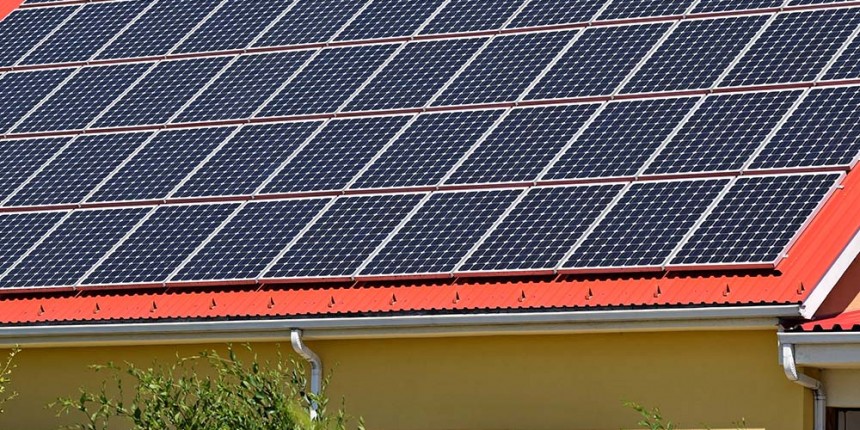NREL: Rooftop solar has huge potential in United States

NREL: Big potential with rooftop solar
The National Renewable Energy Laboratory (NREL) recently assessed the state of rooftop solar in the United States and found that rooftop has the potential to power nearly two-fifths of the nation.
The total nationwide potential, according to the NREL, is 1,118 GW of installed capacity, which is 68 percent higher than the previous estimate of 664 GW of installed capacity.
NREL Raises Rooftop Photovoltaic Technical Potential Estimate – read more: https://t.co/7fGCeY8yEd pic.twitter.com/NBGYFvUdZK
— NREL (@NREL) March 24, 2016
Rooftop solar potential varies by state
Researchers estimated the rooftop solar potential by analyzing the suitability of small, medium, and large buildings, specific roof orientations, performance assumptions, building footprints, and varying solar performance assumptions.
Not surprisingly, potential varied widely by state.
California
Research revealed that California has the highest rooftop solar potential. Calculations showed that this type of energy generation in California could generate up to 74 percent of the electricity sold in the state (in 2013).
For the sake of comparison, Washington state is generally considered to be on the low end of solar energy potential, and research showed that state could potentially generate 27 percent of electricity needs (based on 2013 numbers) through rooftop solar.
New England
A group of New England states — Maine, Vermont, Rhode Island, and, to a lesser extent, New Hampshire, Massachusetts and Connecticut — showed high potential for rooftop solar, as well.
According to the NREL, the group of New England states could generate up to 45 percent of electricity needs through rooftop solar, but for a different reason than California, for example. In those Northeast states, low per-capita electricity consumption can offset below-average solar resource and create a beneficial situation.
Florida
Florida, a state well known for its sunny beaches and warm winters, could offset 47 percent of total electricity consumption through rooftop solar. This large share comes despite the fact that Florida households consume, on average, 30 percent more electricity than the national average.
Orginally published on → E-Wisdom


